Whenever I consult with a company, no matter how big they are, they almost always ask one important question: “How should we spend our digital marketing budget?”
This is a question that every business needs to be asking. There are hundreds of marketing tools out there, and it’s difficult to determine which ones you should invest in.
And I’ll be honest––not every marketing tool is right for every business.
This happened about four months ago. I was consulting with a medium-sized SaaS business.
They had two challenges that I was trying to help them with.
First, the marketing department was losing money. (Marketing departments are supposed to make the business money.)
Second, the marketing efforts were not making an impact. Site traffic was down, user interaction was low, churn was high, and they didn’t have the time or resources to produce content.
Sound familiar? I know a lot of businesses in that kind of situation.
Immediately, I spotted some issues.
First, they were using at least 18 different subscription tools to monitor traffic, measure ranking, and improve SEO!
These tools were expensive! If they eliminated all of those subscriptions, the marketing department would stop losing money!
Second, they weren’t using the right tools! They had purchased a bunch because someone said, “you have to buy this!”
But they didn’t need to buy it. It was a waste of money!
Thankfully, I’m happy to report that they are doing better. They are using only 3 tools (all on the list below), and they are producing content.
(Freeing up the budget allowed them to invest more in content creation.)
I share that story because it seems to be pretty typical of how a lot of businesses are operating right now.
- They spend wildly on tools.
- But they aren’t the right tools.
- They’re kicking themselves because they’re spending so much money.
- And they’re not getting an ROI.
- And they don’t even take the time to truly learn the tools that they do have!
Here’s what I want you to know. You need to invest in tools that will help your business grow.
Over the last several years, I’ve noticed that some tools stand head and shoulders above the rest, time after time.
All kinds of businesses, from giant global corporations to mom-and-pop shops, use these tools.
Most importantly, these tools work. The reason they’re so popular is because they provide real results for any type of business.
These aren’t companies who promise you everything and then overcharge you. These are some of the best tools in the industry.
I personally use or have used every single tool below at some point in my career, and I’ve had great experiences with all of them.
And keep in mind, I’m not making money by referring these tools to you with an affiliate link. I’m simply sharing valuable information.
Learn how I grew my traffic to 195,013 visitors a month without needing a marketing budget.
Before we get started
First things first. We need to talk about cash.
- Why? First, because this article is about your budget, right?
- Second, because these tools cost money.
- And third, because I’m assuming you don’t have tons of money.
Even though you don’t have a large budget, you probably have some budget. And you want to spend it in the best way possible.
Here is how you can use this guide:
- Read through the entire guide.
- Select the single tool that sounds like it would work best for your situation, KPIs, and marketing goals.
- Sign up for the free version of the tool (if available).
- Test the tool for as long as the free version allows.
- If there is not a free version, sign up for the lowest price point.
- Test the tool for at least two weeks at the low price point.
If you don’t like the tool, or if it doesn’t give you what you’re looking for, move on to the next one.
If the tool is valuable, then stick with it. A “valuable” tool is one that saves you money or time or makes you money or time, either directly or indirectly.
If you want, you can spend more on the tool to increase the level of features or data that you have access to.
If you take this approach, you’ll spend a small amount of your marketing budget to make the best decision as quickly as possible.
So here are the tools that have made my life easier and have helped me grow my businesses. I’m confident they’ll do the same for you.
1. Ahrefs
Backlinks are practically the currency of digital marketing (besides money, that is).
You should be aware of your backlink situation at all times, and that’s where Ahrefs comes in handy (although it does a lot more!).
I’m in this dashboard almost every day.
Here is one reason why Ahrefs is so valuable.
It isn’t just one tool––it’s actually a suite of six tools. You get access to all of these:
- Site Explorer
- Positions Explorer
- Content Explorer
- Position Tracker
- Crawl Report
- Ahrefs Alerts
These are all super helpful tools for link building. You can track your backlinks, find competitors’ keywords, check your SEO, and get notified of new backlinks.
There’s so much you can do with Ahrefs. If you’re not already using it, I highly recommend it.
Still not sure if Ahrefs is for you? You can sign up for a 2-week free trial before you commit.
First, go to Ahrefs.com and click on the “Start your free trial” button in the middle of the page.
Fill in your information and click “Continue” to get your free trial:
Ahrefs gives you a ton of marketing bang for your buck, so don’t pass it up.
2. Buffer
Buffer is pretty well known by now, mostly because it’s an incredible social tool.
If you have a good social media strategy going, Buffer is a must have. It allows you to schedule your social posts ahead of time.
I’ve got tons of accounts connected to my Buffer!
Something I really like about Buffer is their product offerings. They have both Individual and Business options, which is great for different budgets.
If you’re a solopreneur, you probably don’t need the business level, and Buffer did an excellent job of considering their users here.
Buffer’s basic Individual plan is free. Here’s how to sign up.
Head to Buffer.com and click “Get Started for Free:”
Then fill out your information and click “Create Account.”
You can also sign up using Facebook, Twitter, or LinkedIn.
After you sign up, you can always upgrade if you need more power.
Buffer is hands down one of my favorite social tools, and I can’t recommend it enough.
3. Crazy Egg
I’m just a little biased on this one, but hear me out. I built Crazy Egg to solve problems that hadn’t been solved the right way, which is why I’m recommending it to you.
In a nutshell, Crazy Egg provides helpful heatmaps that show you where people click on your page, how far they scroll, and so much more.
You get an intuitive, visual picture of what your visitors are doing. If your sidebar is super effective, you’ll know. If people stop reading your articles halfway through, you’ll know that too.
It’s also incredibly easy to get started with a 30-day free trial. Just head to CrazyEgg.com and enter your website in the box:
And there’s more than just heatmaps. You get analysis, user feedback, integrations with other platforms, and more. After the first 30 days, plans start at just $9/mo. What are you waiting for?
4. Facebook
Lots of marketers use Facebook, but many of them aren’t spending money on Facebook wisely.
Me? Maybe I overspend. I believe in it that much.
My personal opinion is that you should be spending some of your marketing budget on Facebook video ads.
Video ads have blown up in popularity, and they’re insanely effective. Social Media Today found that video ads have 135% more organic reach on Facebook.
There’s just something about video ads that people find irresistible.
Here’s how to get your first ad started.
First, you’ll need to make a memorable video. You want a video that highlights the benefit the viewer will get from your product.
Second, you’ll need to set up the ad. Go to https://www.facebook.com/ads/manager/creation/ to get started.
Click “Get video views.”
Next, select your Facebook page.
Now, you’ll set up the targeting for your ad.
Next, decide how much you want to spend. You can either bid on Video Views or Daily Unique Reach.
Finally, upload your video and choose a custom thumbnail.
Once you’ve done everything, click “Place my Order.” Facebook will review your ad to make sure it meets their terms, and if everything goes right, your ad will be approved and go live.
All of these screenshots were taken from an article I did on Facebook video ads. I recommend checking it out since it goes much more in depth.
5. GetResponse
There are tons of email marketing tools out there, but GetResponse is one of my favorites. It comes with several features you don’t find in other softwares, and it’s easy to use.
You’ll get access to easy autoresponders, a drag-and-drop editor, advanced segmentation, open and click tracking, and a lot more.
The whole reason I signed up for GetResponse in the first place is the calendar feature. It’s a drag-and-drop feature that lets you choose which emails you want to send on which days. It’s one of the easiest and best ESP features I’ve ever used.
To get started, head to GetResponse.com and look for the bar at the top that says “Start your free trial.”
Enter your email and a password, and bingo, you have a free month of GetResponse. But it starts at only $15/mo, which is an absolute steal for what you get.
6. Hello Bar
Okay, I might be a little biased on this one too. But Hello Bar is something I use all the time, and it’s something that I’ve gotten tons of great feedback on.
Even if you don’t recognize the name Hello Bar, you’ve probably seen one. A Hello Bar is a thin bar that goes on the top of a website and collects emails.
Hello Bar looks innocent enough, but it captures emails like crazy. When I put it on Quick Sprout, it accounted for 11% of all of my leads.
It takes up a small amount of screen real estate, and it provides huge results. It also won’t tick off your visitors, unlike many of the more annoying popup options out there.
To start using Hello Bar, go to Hellobar.com and enter your site’s URL.
From there, you can decide which plan you want and get your Hello Bar on your site in a matter of minutes.
7. Optimizely
The customer experience matters. That’s the philosophy behind Optimizely, a tool that helps you create a better customer journey.
Optimizely provides a ton of ways to fine-tune your user experience until it’s perfect. You can split test ideas, create targeted content, add product recommendations, and much, much more.
You can also track everything from clicks to conversions. It’s a really helpful service that puts a lot of helpful tools all in one place.
Interested? Visit Optimizely.com and hit the big “Try It Free” button:
Fill in your info, and you’ll get a cool 30-day free trial.
Trust me, you can’t afford to ignore your customer experience anymore. Optimizely will help you improve by leaps and bounds.
8. Screaming Frog
Screaming Frog is a tool I often recommend to website owners (including you). It’s a site crawler that gives you the ability to do a whole bunch of SEO magic.
I used it just this morning. You can go really in depth with some of its features, but getting started is so easy.
Literally, plug in a URL, and press enter. The tool does the rest.
If you’re in love with technical SEO like I am, you will geek out.
Here are just a few features of Screaming Frog:
- Broken link finding
- Redirect auditing
- Page title & metadata analysis
- XML sitemaps
- Duplicate content checking
Screaming Frog can do a lot of things that other SEO tools can’t do, and it’s a no-brainer to use.
To sign up, just head to the SEO Spider page and download the tool:
The basic version is absolutely free, but if you need more, the paid version is only about $186 per year (about 15 bucks a month).
Screaming Frog is particularly useful if you’re a marketing agency (especially SEO) helping websites optimize their sites.
One of the first things I do when helping a client is run their website through Screaming Frog. Instantly, I can find a handful of things that they can do to boost their rankings almost instantly.
One of the most common issues is unoptimized or non-existent page titles, which Screaming Frog can instantly analyze.
9. SEMrush
SEMrush is a tool I often use for these articles, and it comes in handy time and time again.
SEMrush is basically a collection of 16 SEO and marketing tools. Some of the features include:
- Position tracking
- Site auditing (which is important!)
- Organic traffic insights
- Video advertising research
- Brand monitoring
You can use SEMrush for free, but after a while, you’ll need to pay up. But trust me, it’s worth it. (If you’re still on the fence, maybe the fact that Ebay, Overstock, and my own site all use SEMrush will change your mind.)
To use SEMrush, go to SEMrush.com and enter a domain, keyword, or URL in the search bar.
Hit enter, and you’ll see loads of helpful information using a great, appealing interface:
Prices start at $99/mo, which is an amazing price for the amount of functionality you get. Don’t pass this up!
10. Zapier
Think about the apps and programs you use on a daily basis. Maybe you use Trello, Slack, Gmail, PayPal, Dropbox, Kissmetrics, Google Analytics, or all of the above.
Zapier makes all of these easier to use. It also works with three of the tools on this list: Buffer, GetResponse, and Facebook. In total, Zapier integrates with over 750 apps.
But what is Zapier? It allows you to easily automate actions without knowing a single thing about coding. You create Zaps (automated actions) that are carried out based on your commands.
Zaps have an “if this, then that” structure. So for example, you can tell Zapier, “If I get a new follower on Twitter, add that follower to my Google Contacts.”
And you can do almost anything with Zapier. It’s an incredibly versatile tool that can save you hours of time each week.
Signing up couldn’t be easier. Just go to Zapier.com and fill in your information at the form on the top:
Zapier’s Forever Free plan gives you a huge amount of ability, so if you’re new to Zapier and want to see what it can do, I recommend trying the free plan first.
You can also get a 14-day free trial of their Work plan ($20/mo after trial period) by going to Zapier.com/pricing and choosing that option:
If you use any software whatsoever for your business, you need Zapier. You’ll be surprised that you ever worked without it!
Want to learn more about my favorite tools? Then check out this video:
Conclusion
I’ve always been a believer in working with what you have. Because often, it’s not about how much you have, but how you use what you have.
Even if you have a small digital marketing budget, these 10 tools are well worth your time. They’ve saved me so much time, energy, and money in my years of marketing.
This might surprise you, but I’m not a technical person. I don’t know a lot about coding or programming. So I like tools that don’t require any technical work.
These 10 tools don’t require any coding or programming knowledge, but they deliver so much. That’s why I love them, and I think you will too.
Whether you’re setting up a digital marketing strategy for the first time or you need tools that will actually help your growing business, you can’t go wrong spending your money on these.
What are your favorite digital marketing tools?

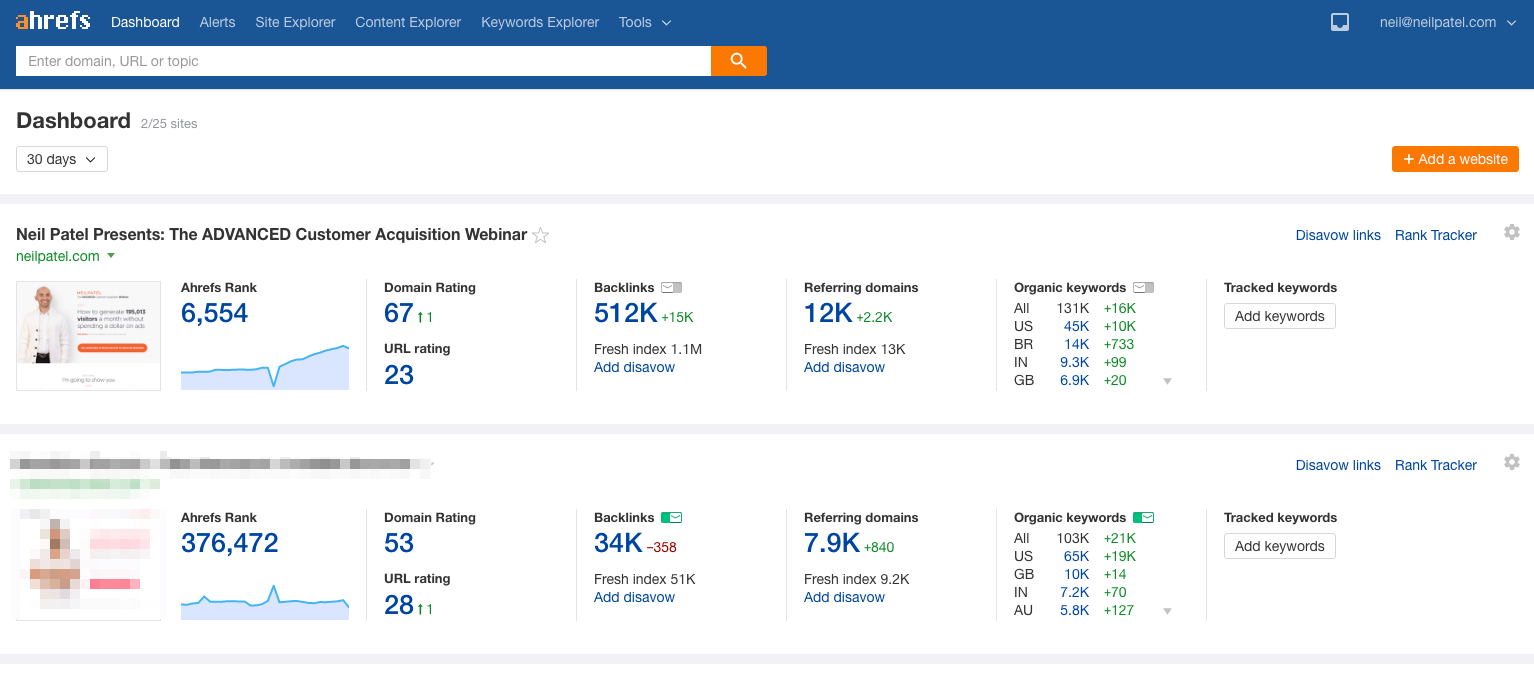

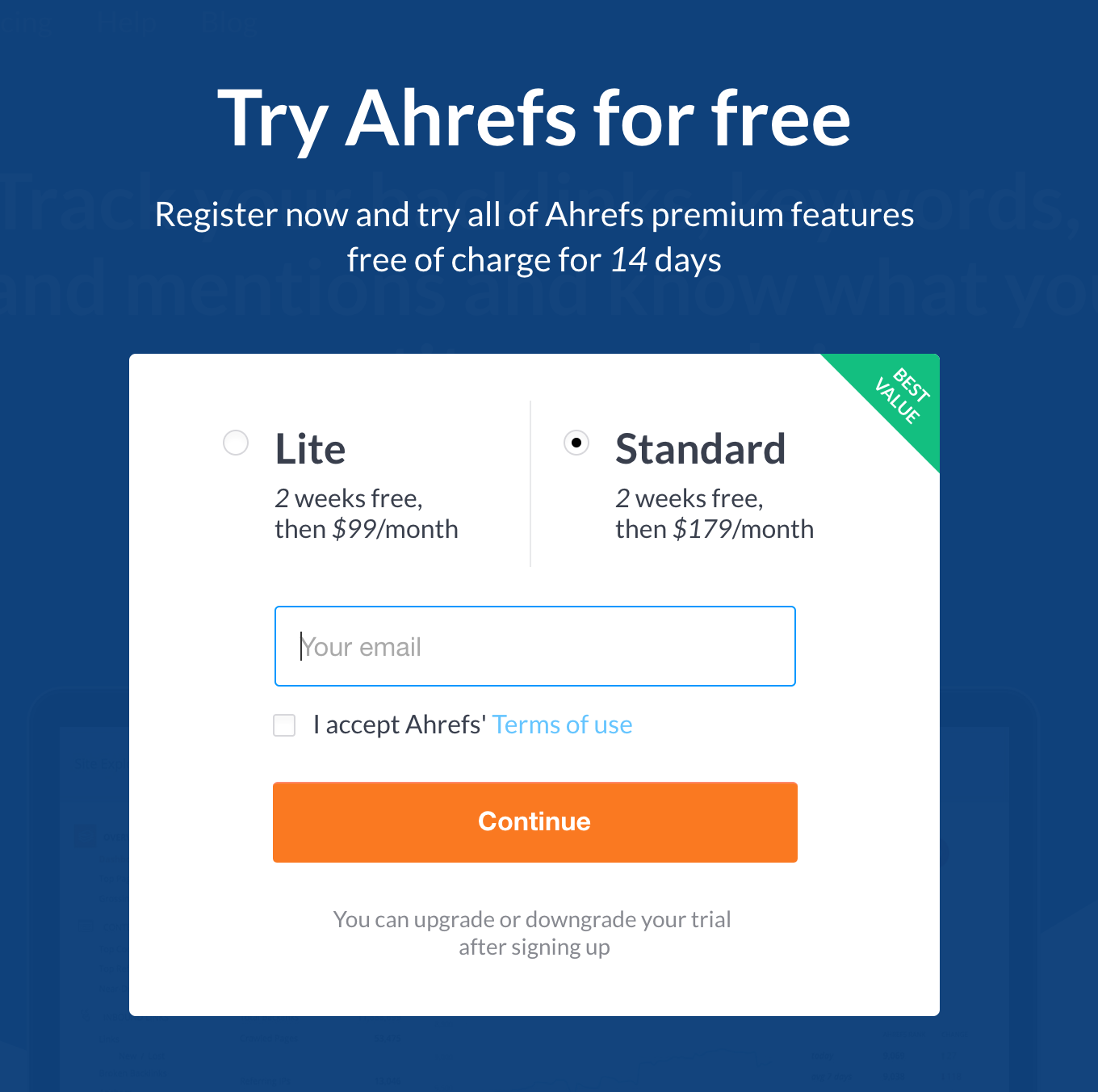
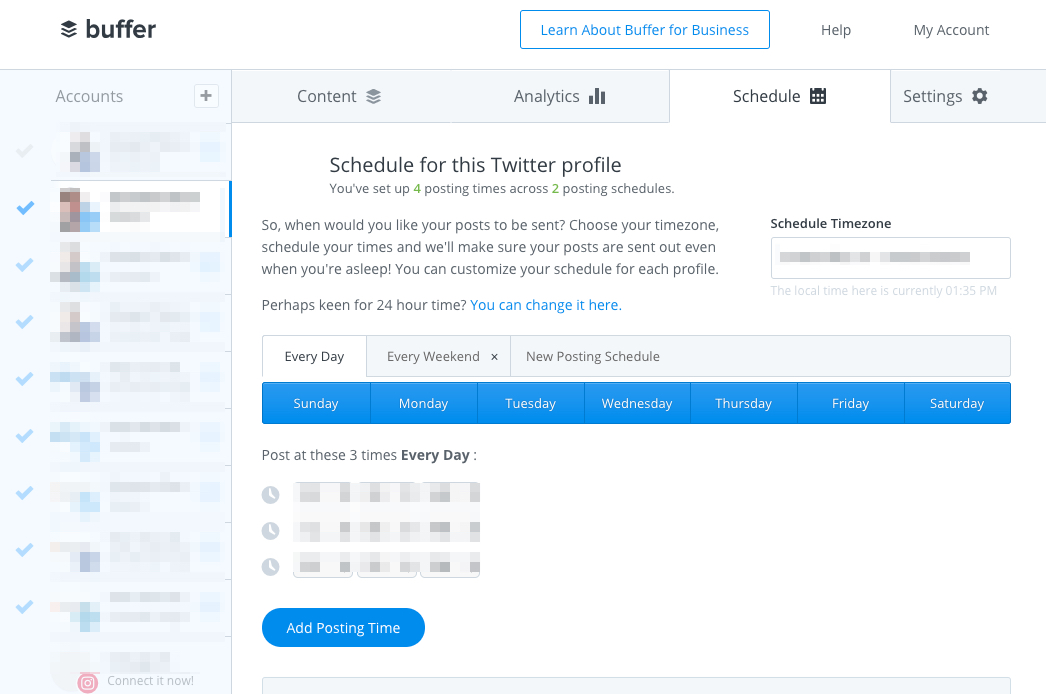
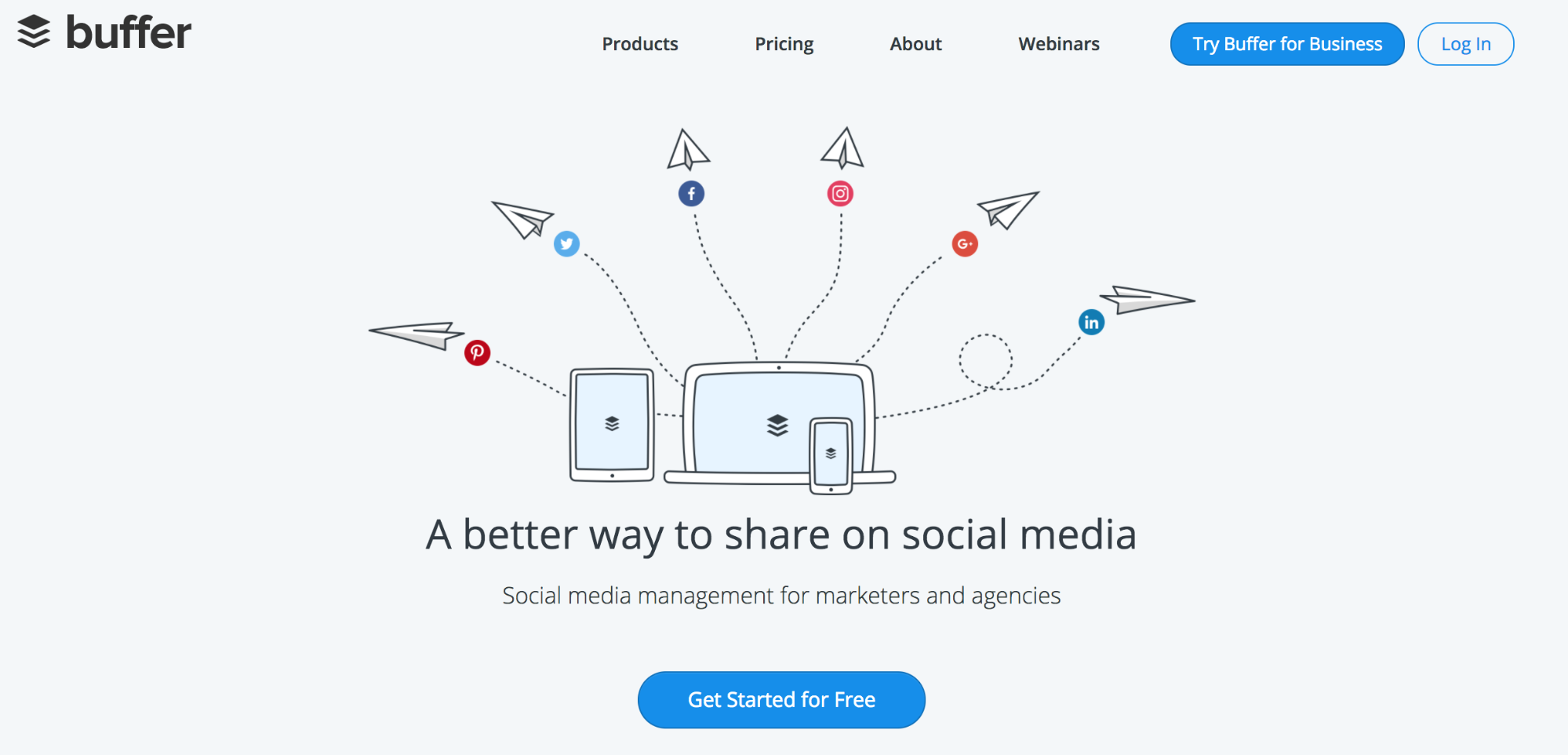
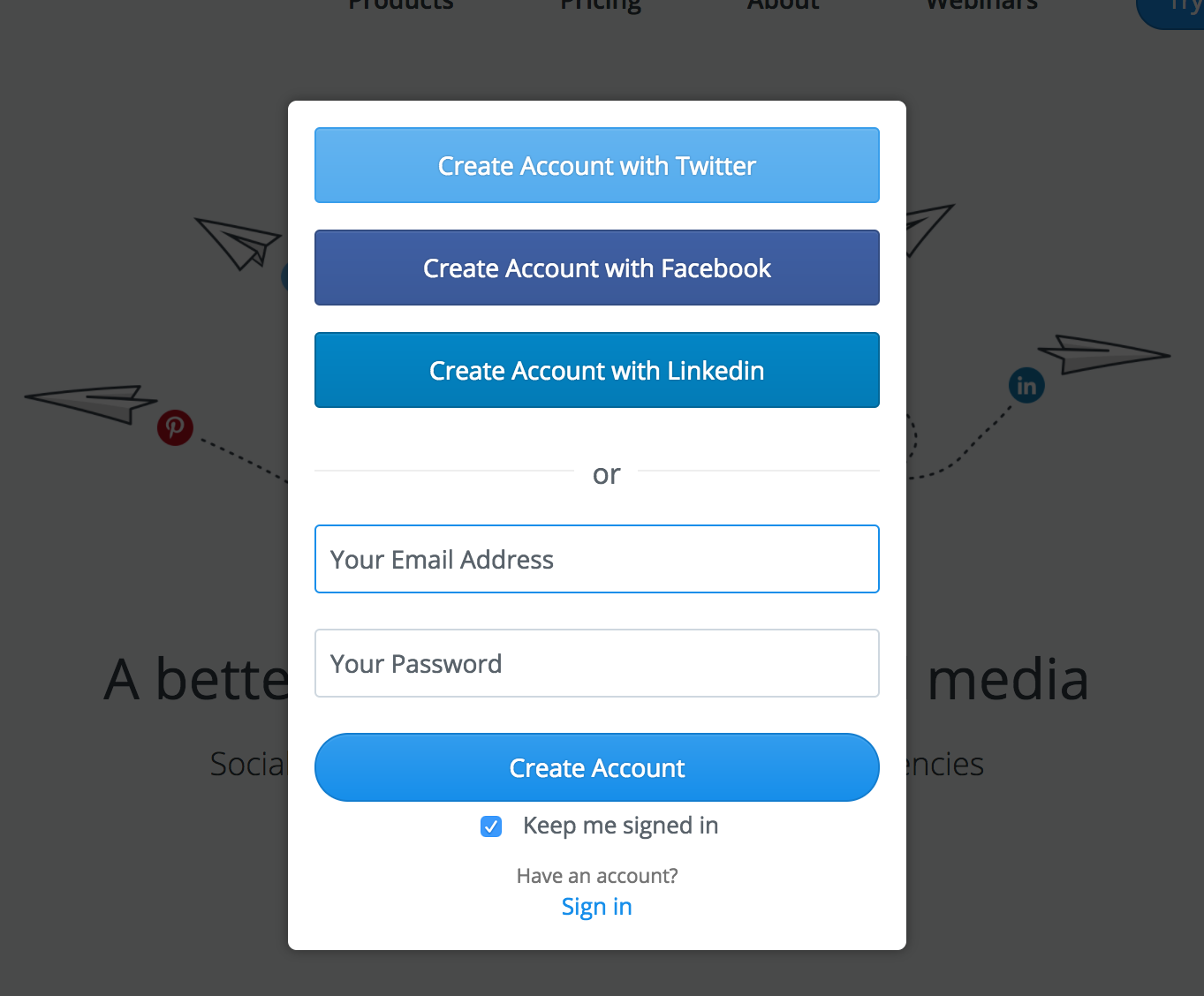



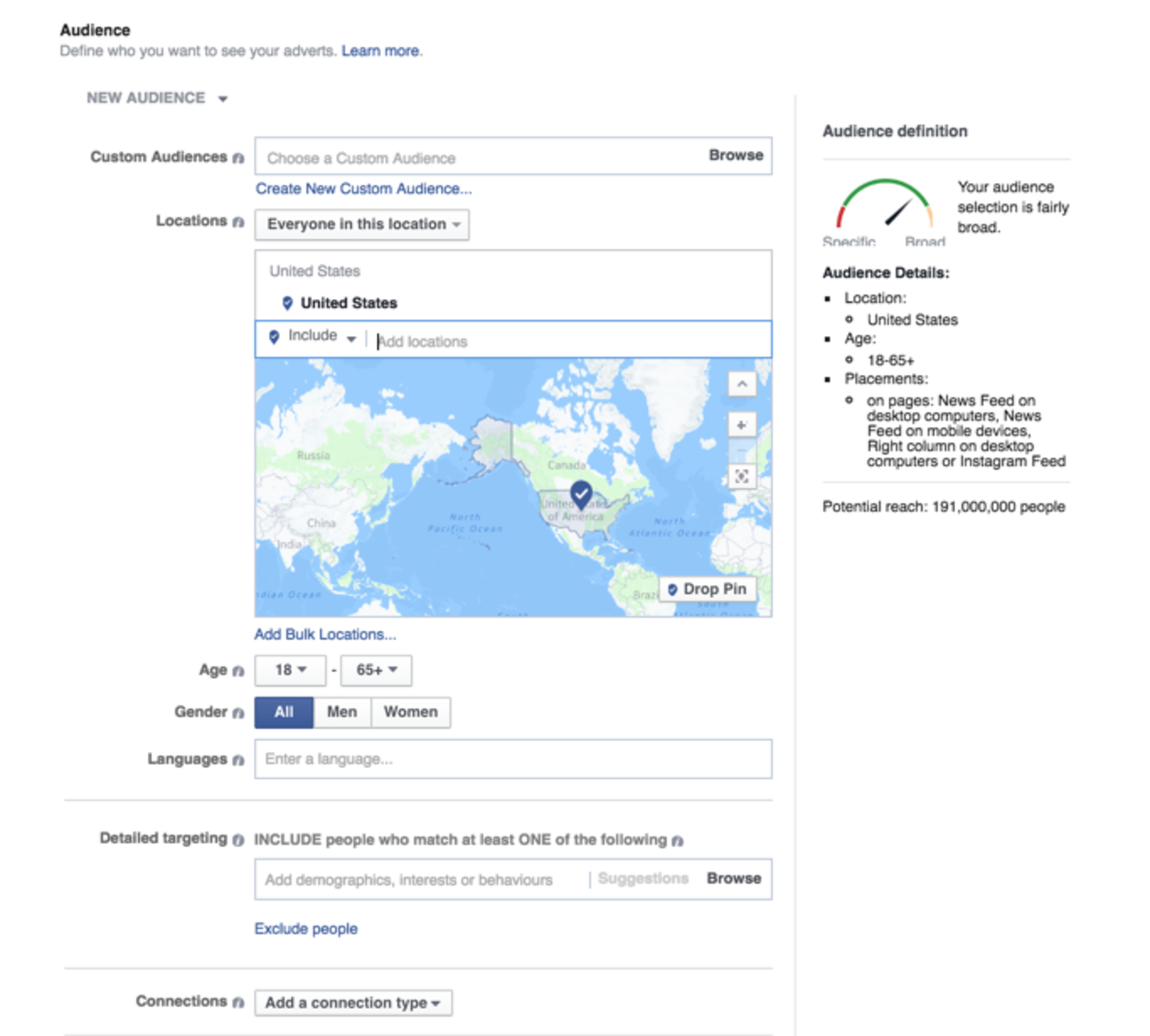
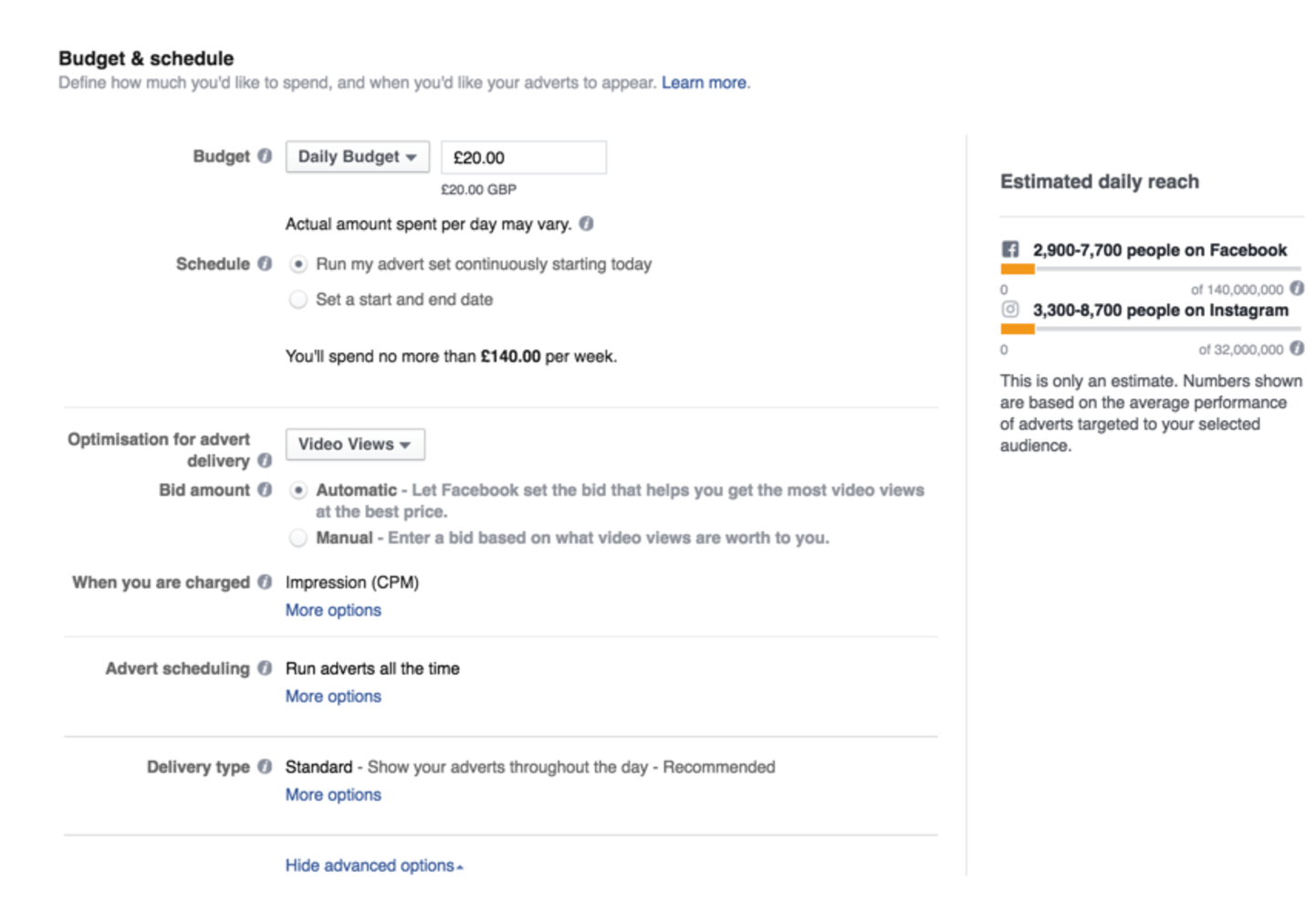

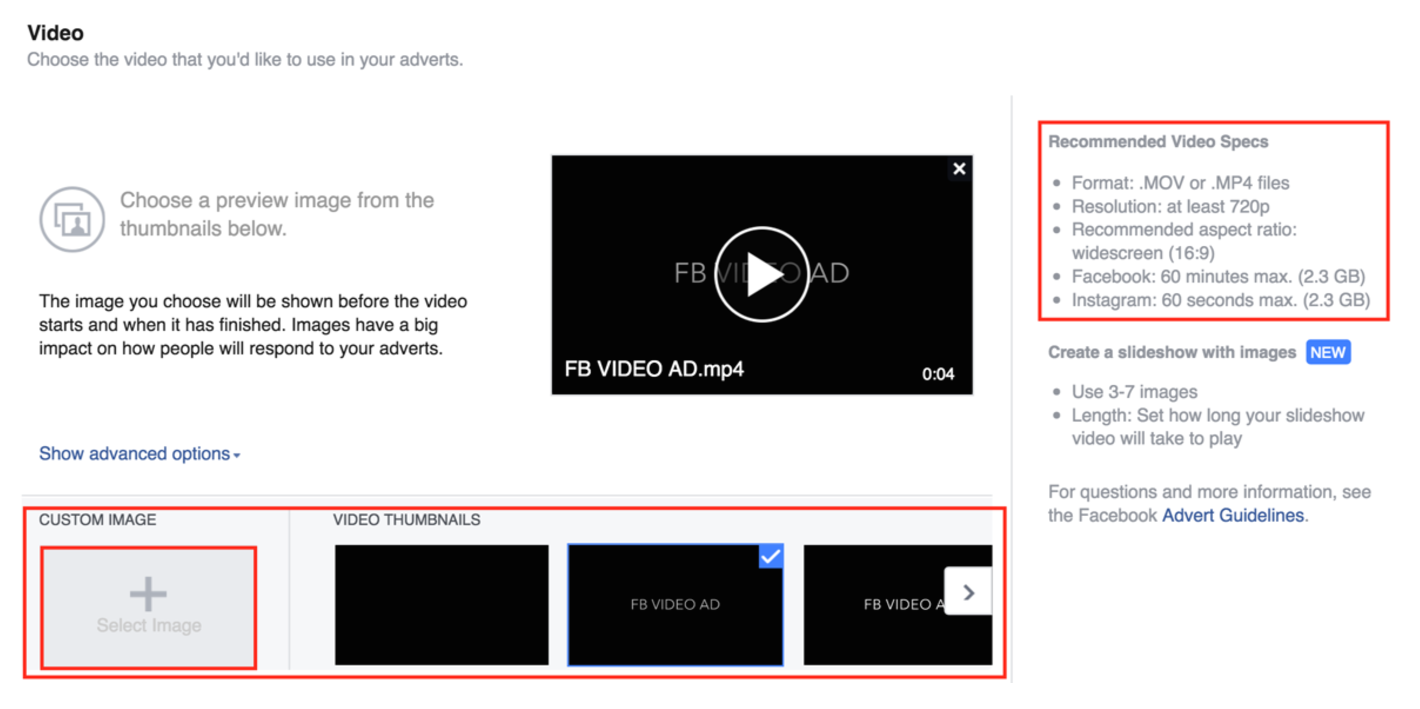
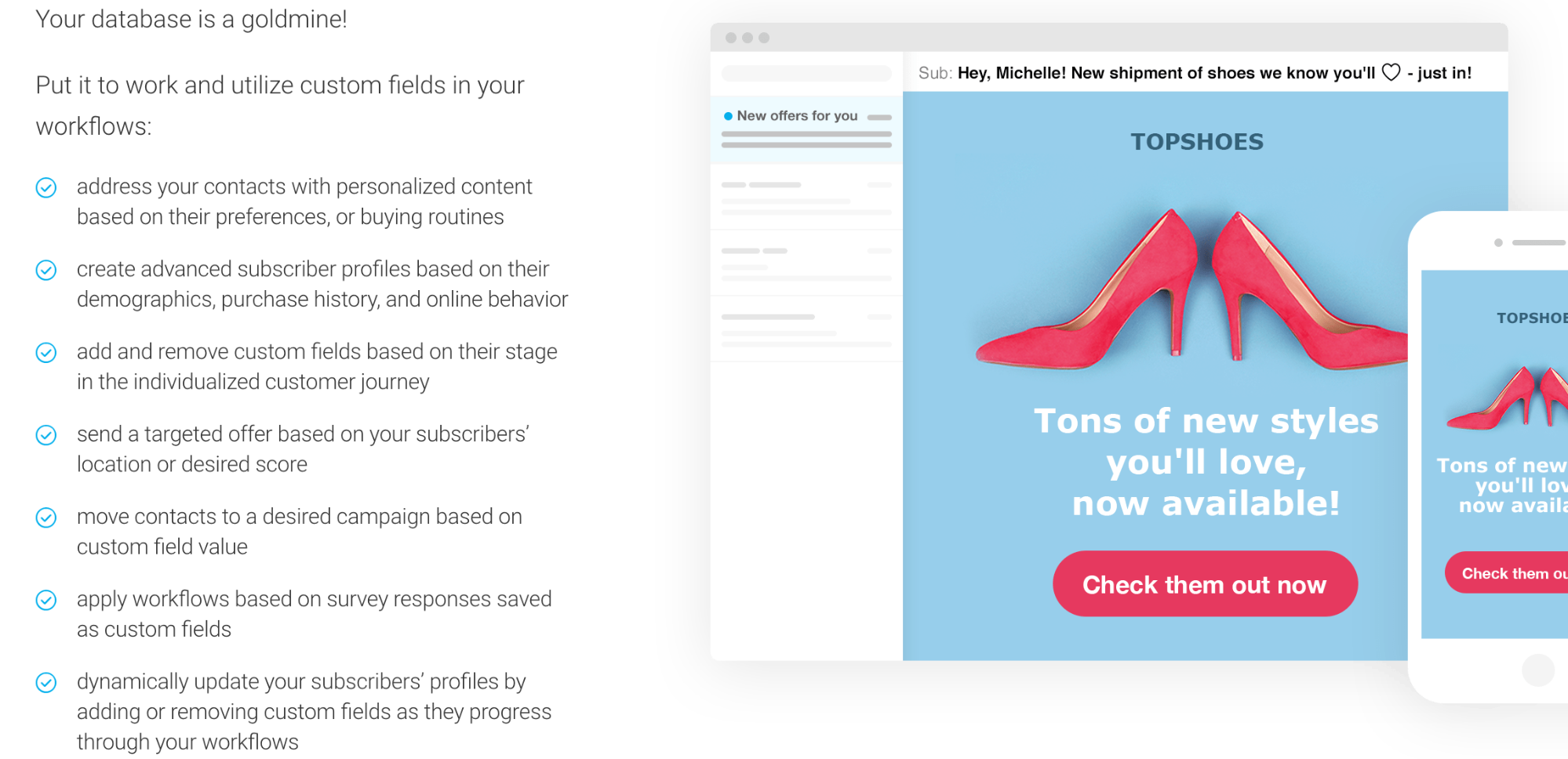
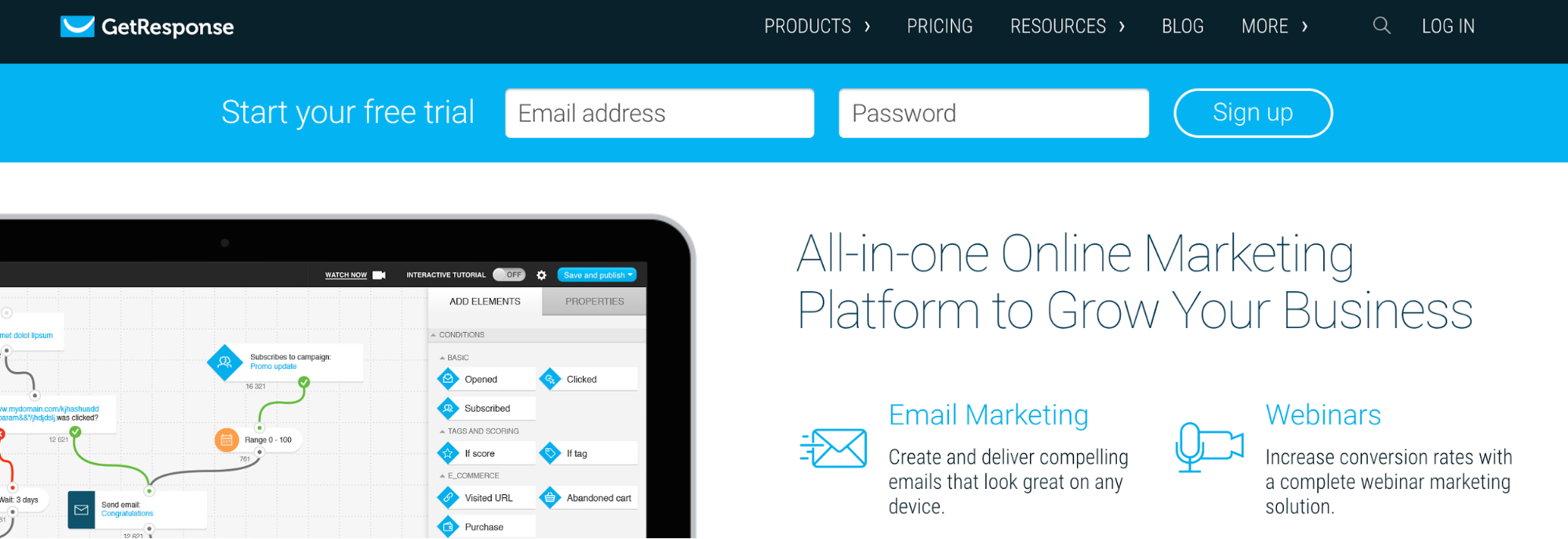


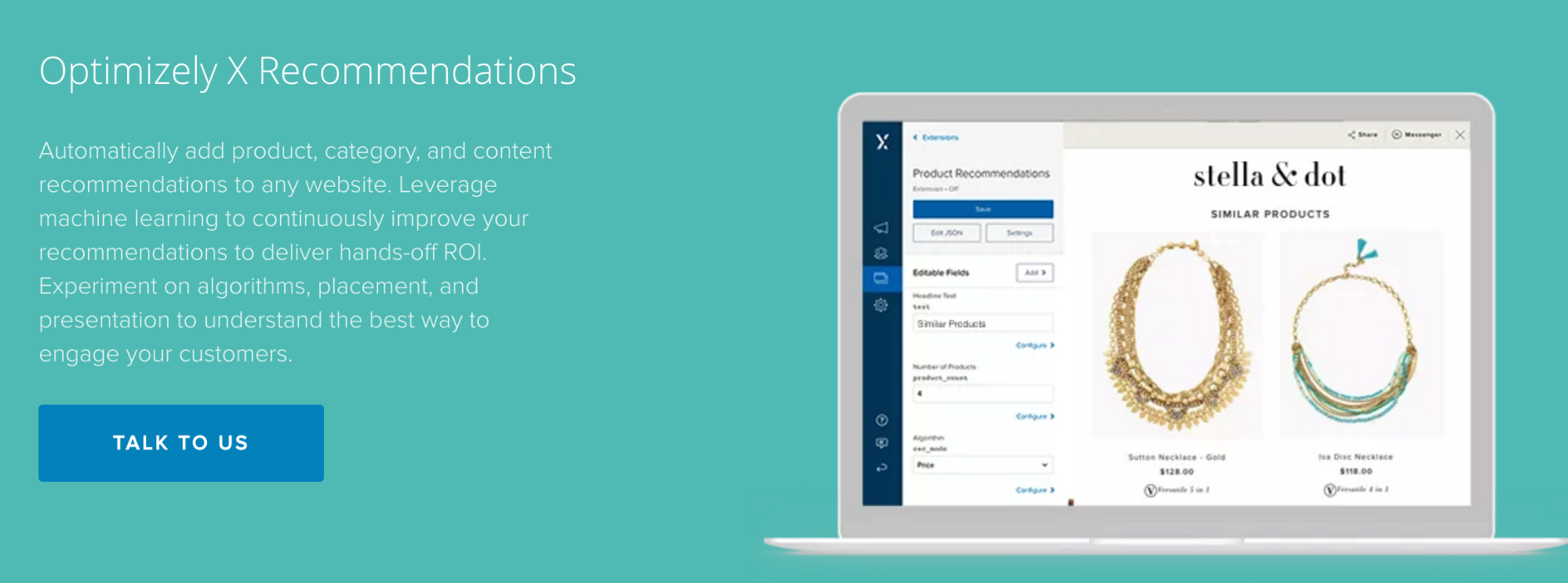

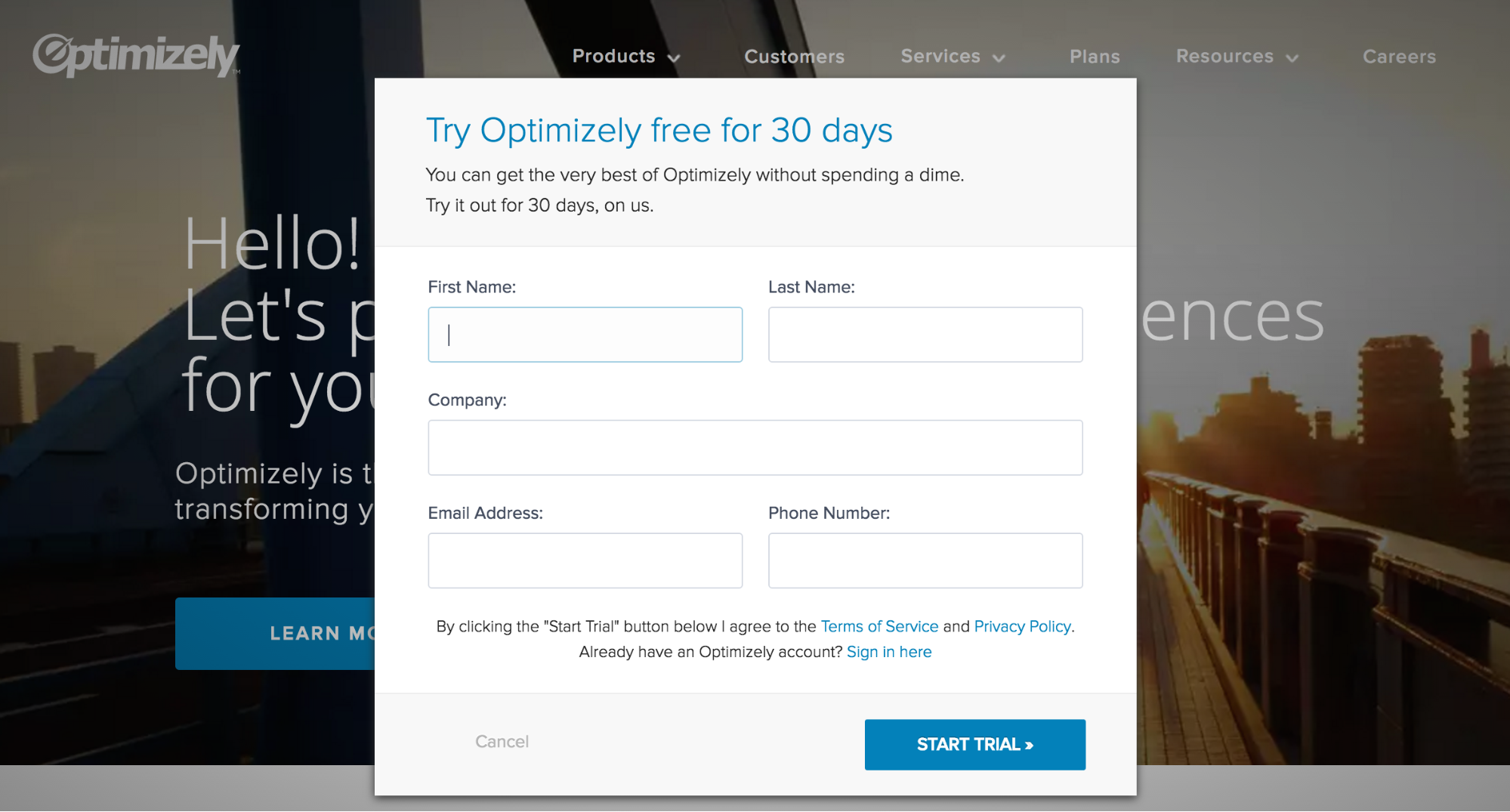
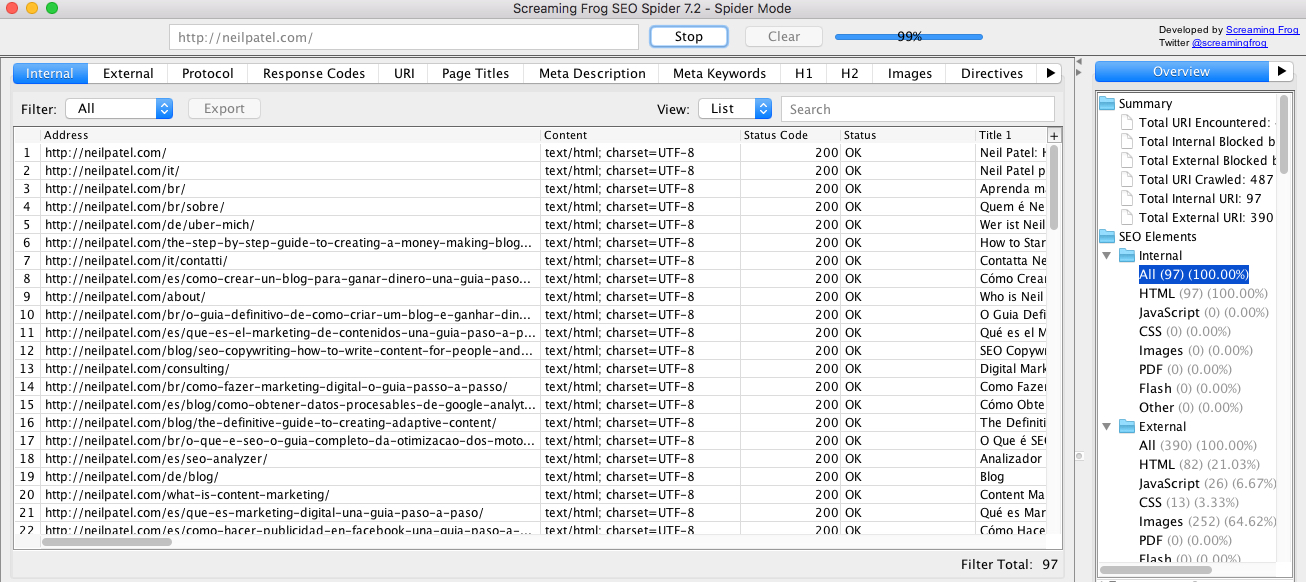

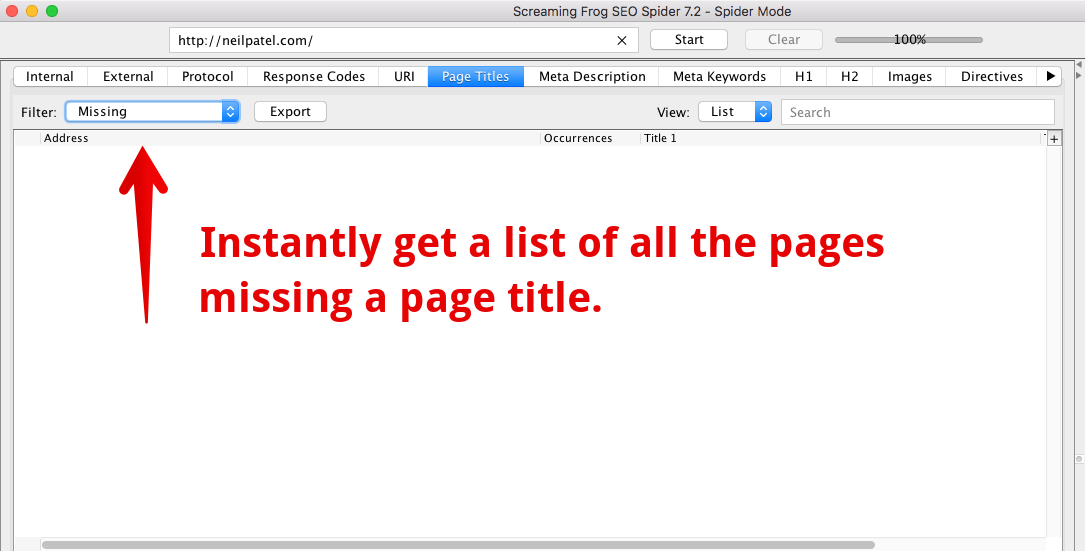

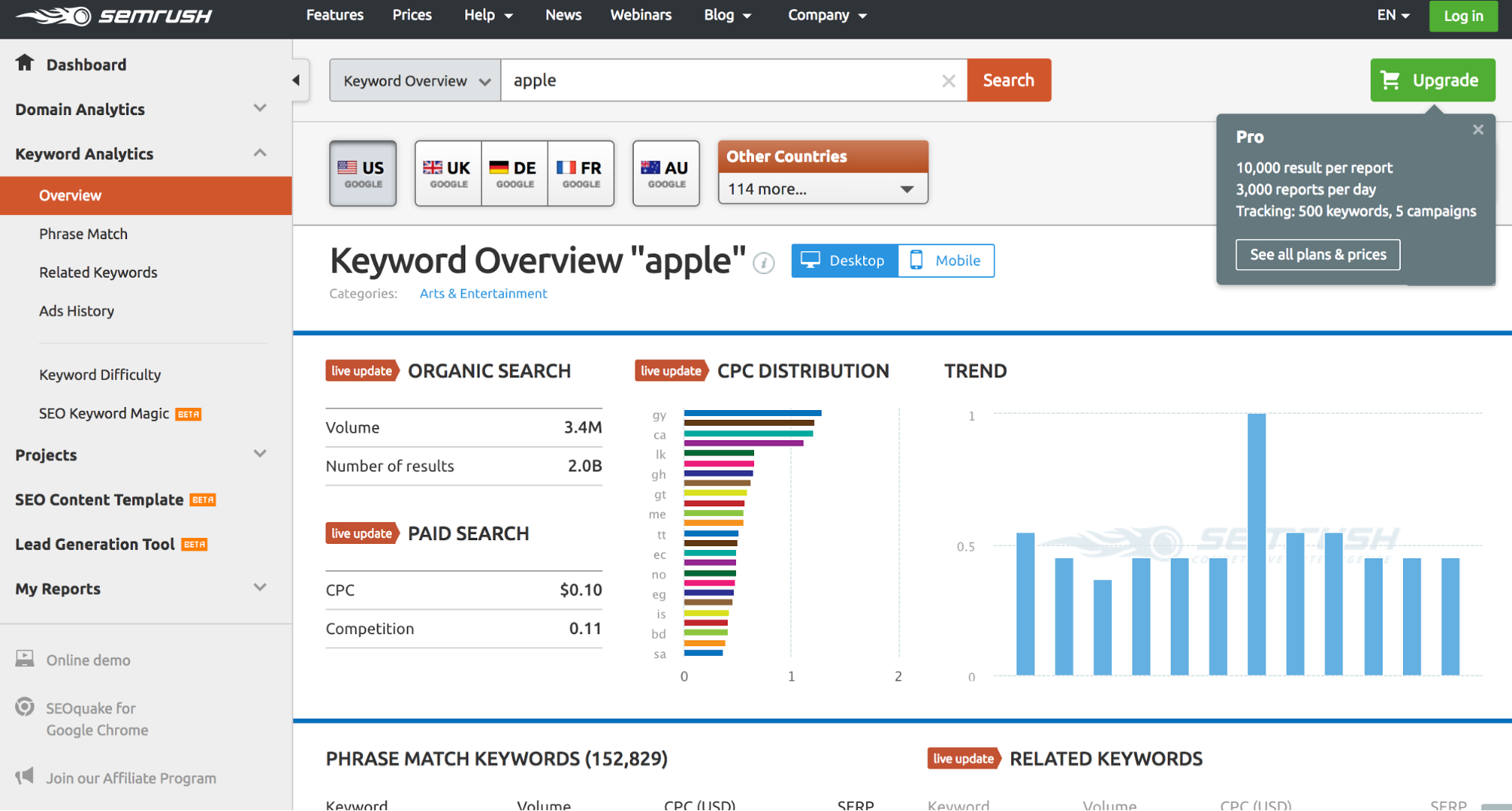
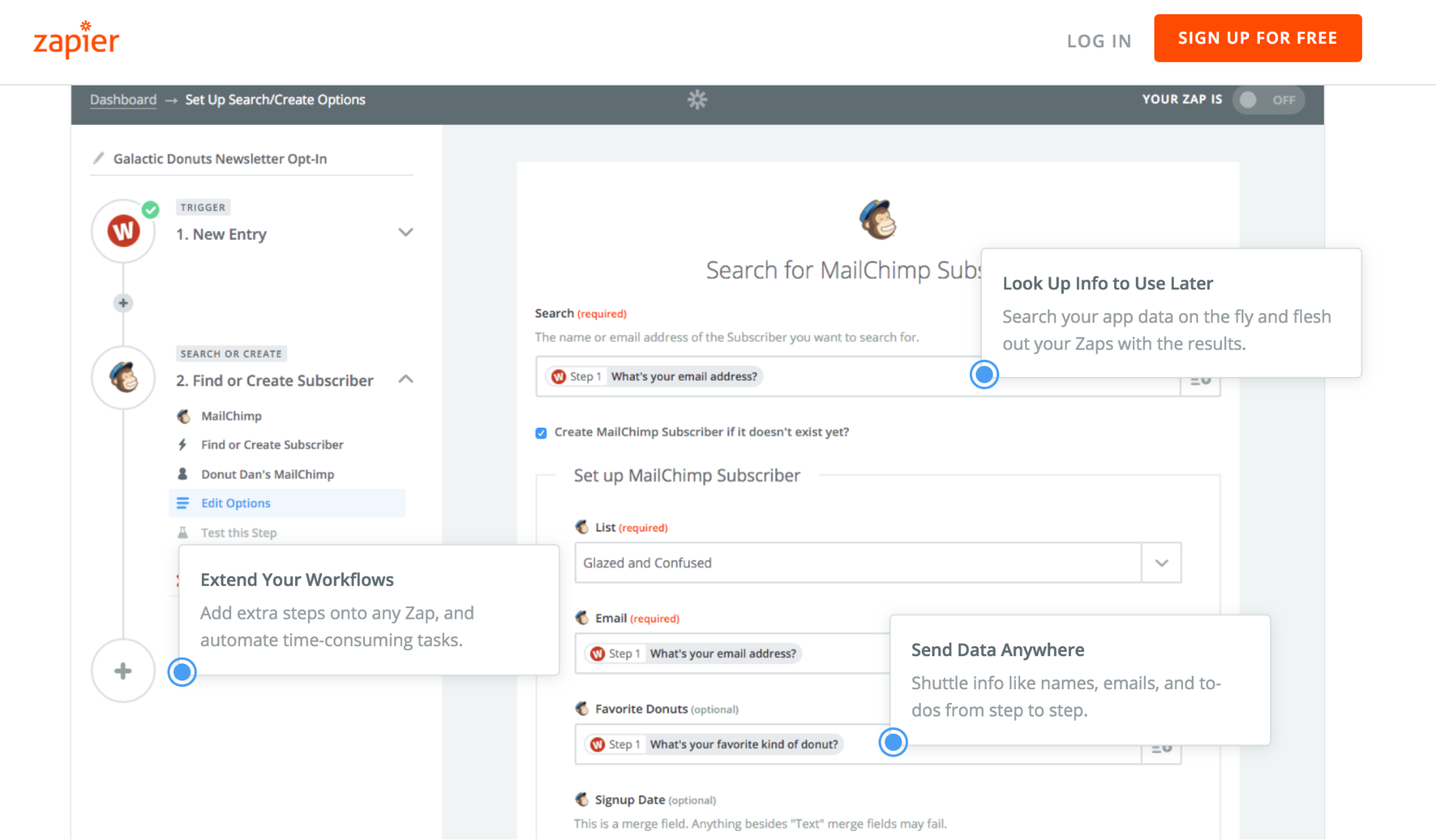
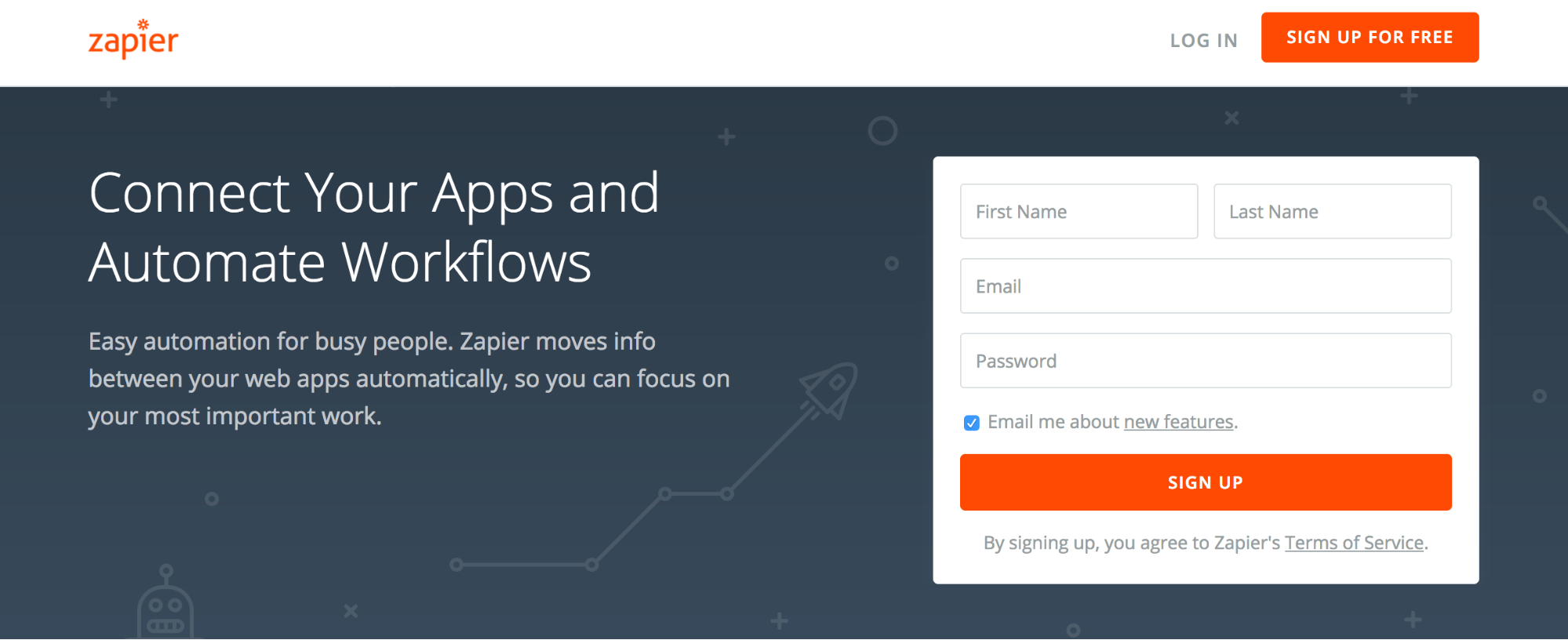
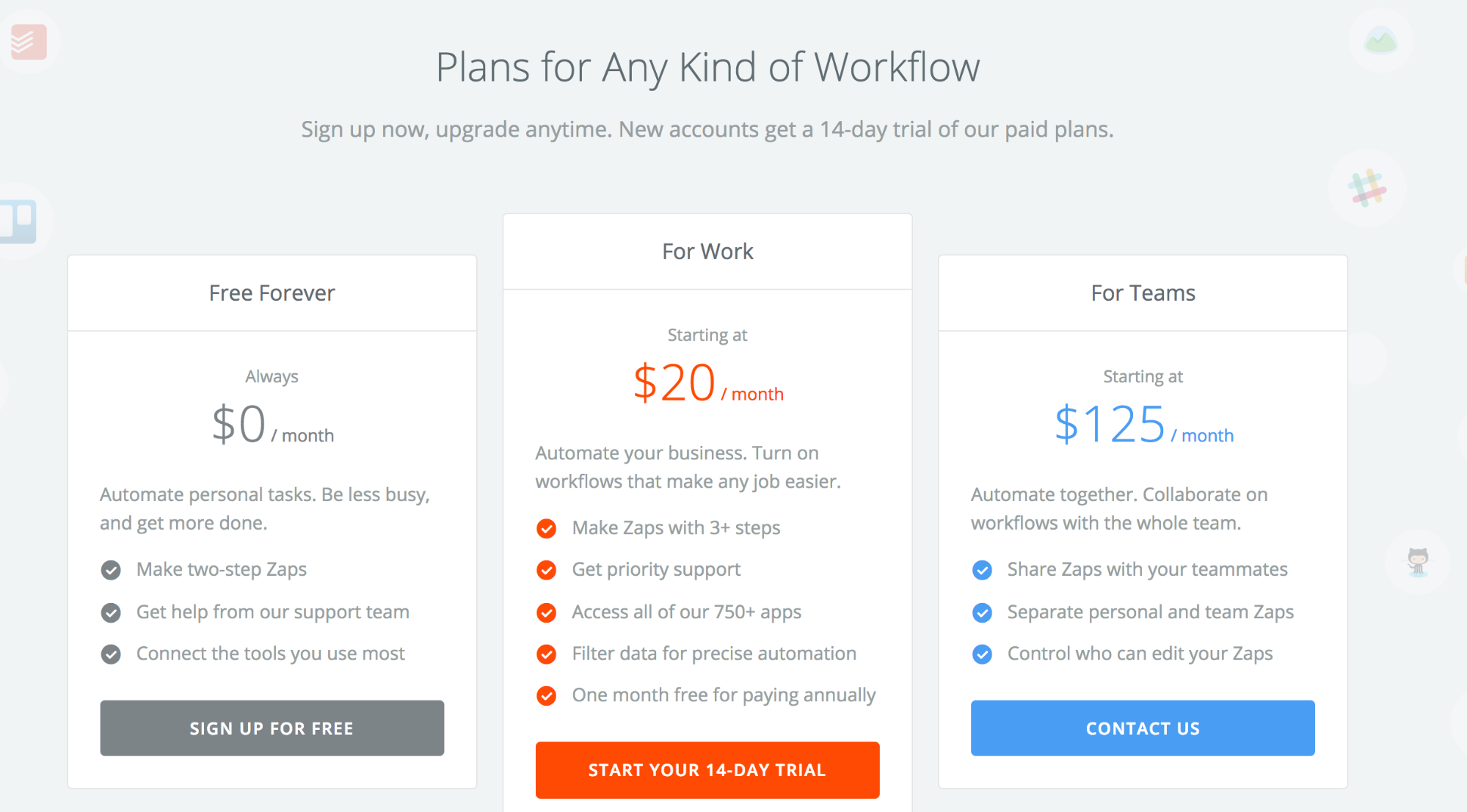
Comments (59)